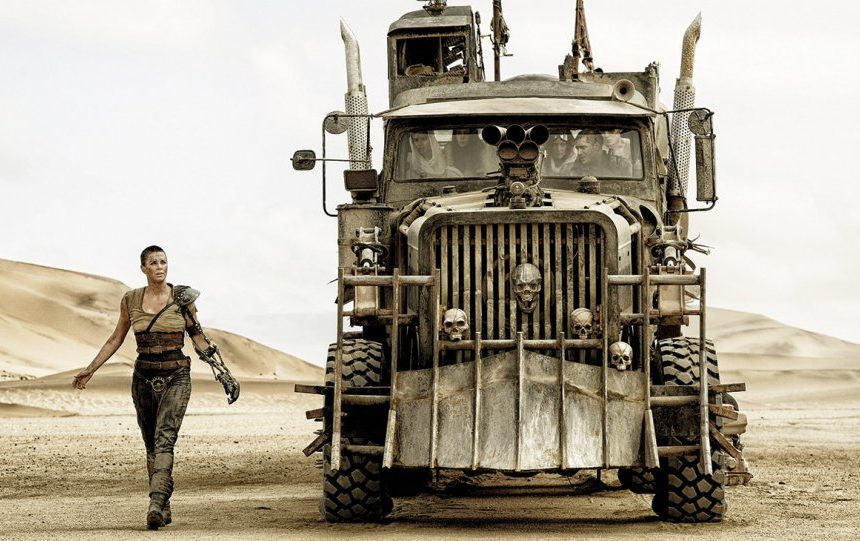
When we watch a video, it’s easy to assume that the things that appear in that video—cars, people, plants, and so on—look just like the objects that the filmmaker recorded. If the car in the video is royal blue, for instance, we assume that the car the filmmaker shot was that same shade of royal blue.
But it’s usually not that simple. If you’re watching a television show or a movie, it’s likely that a great deal of care went into the way the colors of each and every scene appear.
Dolby’s Shane Ruggieri is a professional colorist who has spent years working with colors in film and video to help tell stories. Sometimes he changes the color palette of a scene for emotional reasons: heightening the red to communicate anger, for instance, or adding a sickly yellow-green to hint at horror.
Other times the changes Ruggieri makes are practical: by lowering the average brightness and shifting colors toward blue, he can make a scene shot in daylight look like it takes place at night.
But one of the tasks colorists hate is having to compromise a scene’s colors just to fit into the limitations of today’s TVs. The gamut, or range, of colors that current TV standards support is quite limited—not only is it far less than the colors the eye can see; it’s also far less than the colors that today’s cameras can capture.
Ruggieri likens it to being asked to write a story, but not being allowed to use 10 letters of the alphabet. He says it’s like telling the filmmaker: “Go tell a story based in reality, but you can’t use all of the reality you see.”
via Your TV is missing some colors – Dolby – Lab Notes.






















